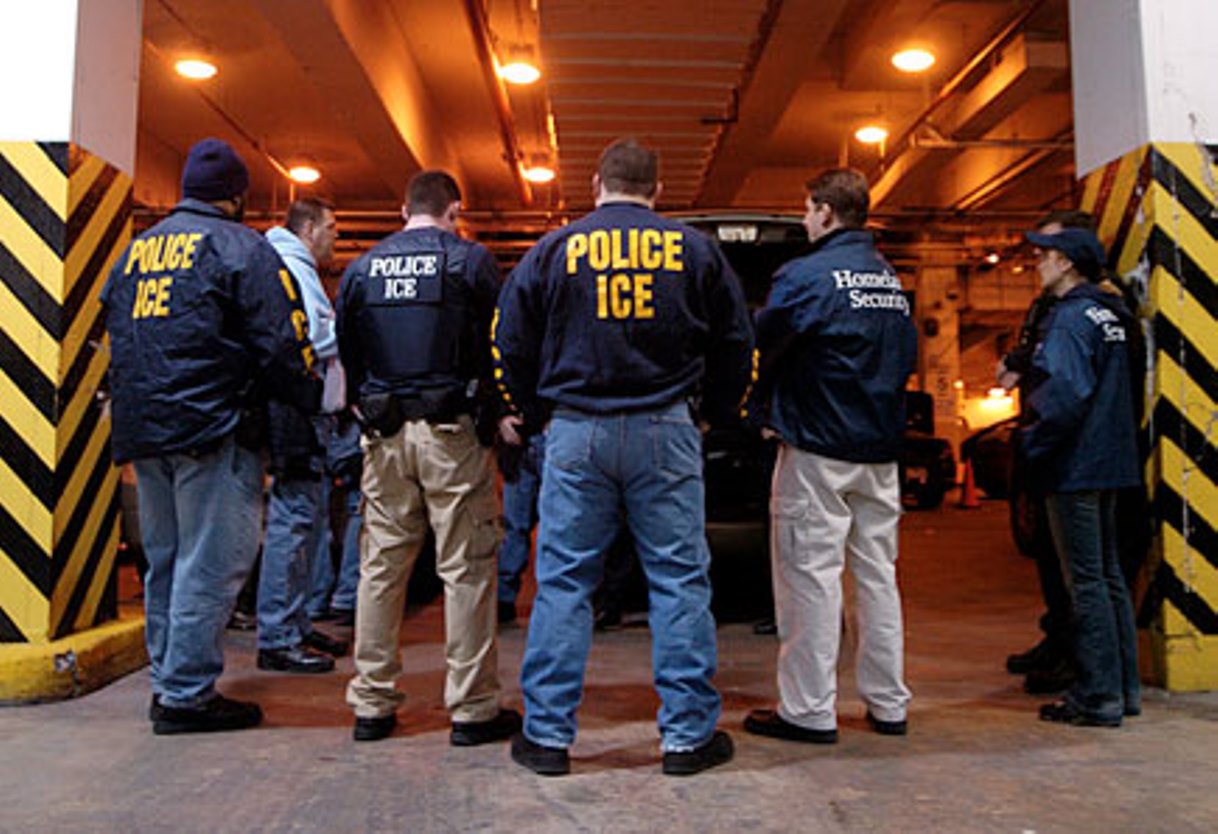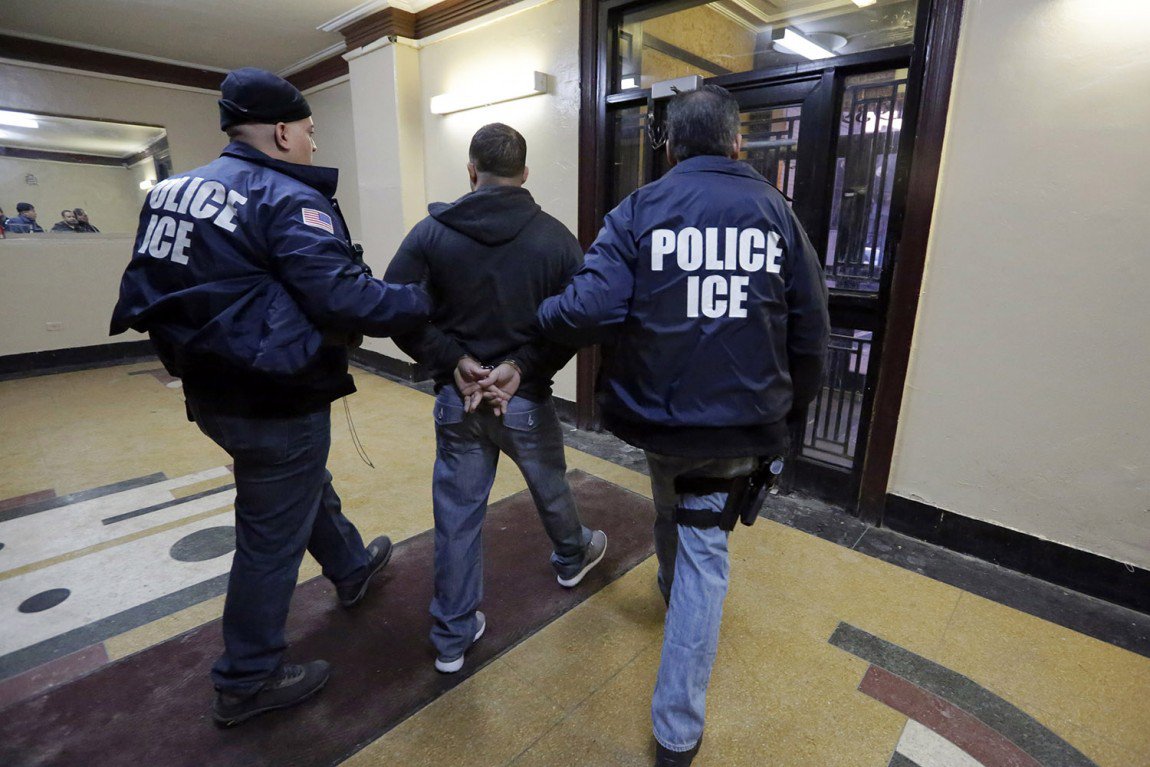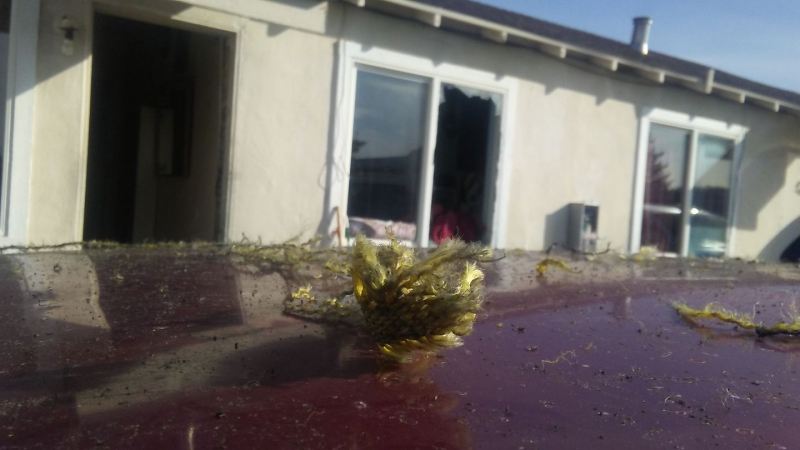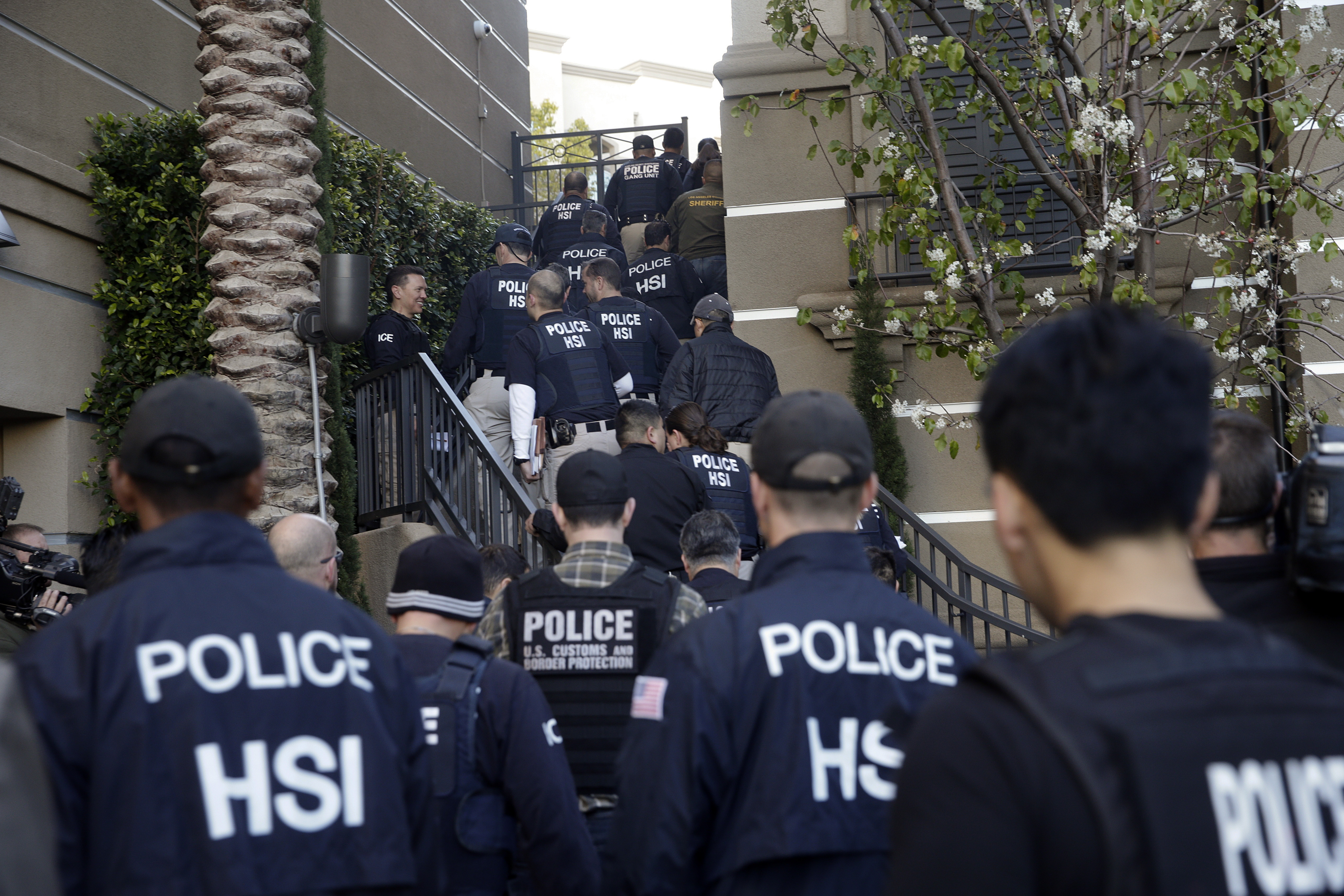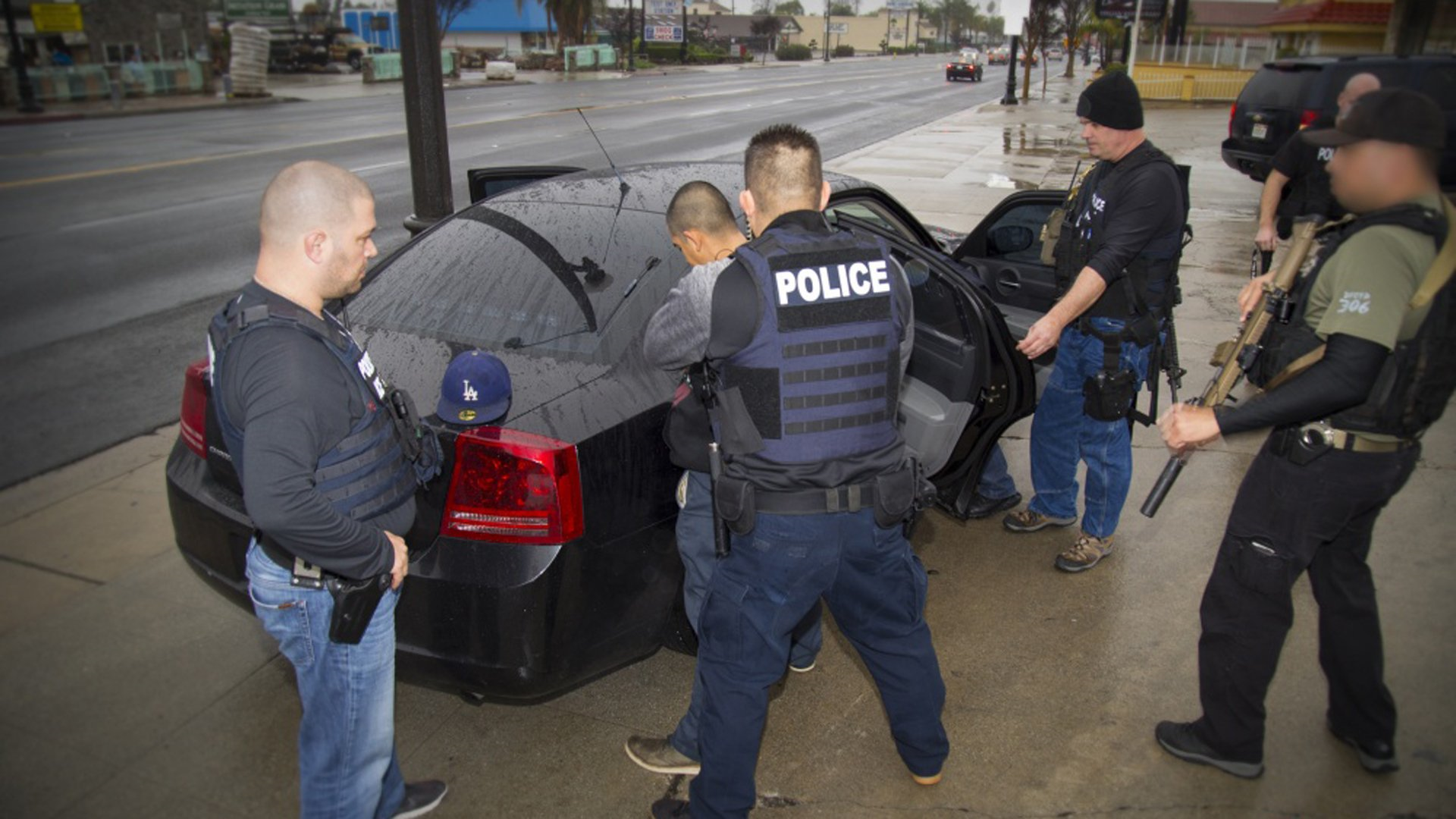
My Dear Nellie,
“My name is Anne. I have been married for 18 years. I am a banker and my Husband is a businessman. We are blessed with two wonderful children. My son is 10 years old, while my daughter is 13. They are both doing well in school. “About 6 weeks ago my husband, Fred, confirmed to me that he has a “wife material” he is in love with.
They met on 3rd Mainland Bridge (Lagos, Nigeria) on his from work when he assisted a ‘lonely lady’ who had a flat tyre about 18 months ago. As a matter of fact, I recollect that he came home usually late that day.
He did explain how he played the ‘Good Samaritan’ to a ‘distressed lady’. Little did I know that that chance meeting and the Good Samaritan role would impact our marriage negatively….He now wants “Mutual Polygamy” as he coined the concept of accepting his mistress as his wife and living together “in holy matrimony”… Really Weird!!!
Fred, my husband, wants me to accept Gloria (that is her name) as a part of OUR life – as he has pledged his ‘undying love’ to her. He says he loves us equally! I really do not know where “Mutual Polygamy” came from – maybe it was created to address the crisis that best describes our marriage. According to Fred, he loves me and cannot give me up; nor would he give up his relationship with this “Angel of my Dream”.
Fred constantly praises her work, intelligence, sound business judgment – even celebrates Gloria’s major business breakthroughs at home. However, Fred has never allowed the relationship with Gloria to come between us – nor affect the children in any way. They are still ignorant that Daddy has a bride in waiting …What a world! He begged me “not to tell the children yet”.
My husband has remained very attentive – even more caring since he revealed his ‘mutual polygamy plan’ to me. For me, these last 6 weeks have been filled with emotional stress and trauma. However, Fred carries on without any cares – as if all is well…I begin to wish he never told me this ‘earthshaking’ information.
Oh God, why did we covenant not to keep secrets on our wedding night – no matter how bad? I wish to God that Fred just continued with his affairs outside secretly…
Last week, I went to see his eldest sister for advice. Auntie Christy (she is 56 years old) was very calm and understanding. She confirmed that Fred told her about Gloria, but she advised her brother to quit the relationship. However, when she saw Fred’s firm resolve, she told him I deserved to know if he is determined to get another wife.
Traditionally, my consent would be required for Fred to get another wife ‘officially’. Aunty Christy submitted that she could not advise me because she loves Fred and I equally. She would not want to be in the middle of this ‘messy conflict’.
Auntie Jane, Christy’s friend, asked me what I really wanted. She said: “Anne, mutual polygamy means you will accept Gloria as your husband’s wife and be willing to progress marital rites with your husband. You will consent that you both live happily as mature adults (like our mothers loved and shared the love of one man in ancient times). The other choice is to allow Fred to marry Gloria and seek divorce. Young lady, these are hard choices to make…You need to retreat and seek help or professional counsel.”
I love my family. My husband and I practically grew up together. I have known my husband all my life; he was and is still the only man I have ever known. Above all, I still love Fred. I cannot live without him and cannot live with this concept of mutual polygamy…I feel like taking my life now, but for my children.
Please help me. Sincerely yours, ANNE
___________________________________________
My dearest Anne,
I wish to reiterate all we discussed on above subject to ensure clarity and alignment.
One of the things that easily beset us is taking decisions during a period of emotional stress. First thing we aligned on is that “No one is so important as to make you end your life. You can only destroy what you can create.” Since your life is sacred and living is not entirely dependent on Fred, it would be most foolish to end your life under the circumstances. Your children will be forever stigmatized by that action… So, perish that thought!!!
“Mutual Polygamy” is not really a strange concept as Auntie Christy pointed out. However, under the umbrella of a Holy Matrimony in which Fred vowed to keep to only you, mutual polygamy is a juxtaposition of his vow/covenant.
Your Aunties (Christy and Jane) are wise women. Only you can decide how to proceed under this strange arrangement. However, these questions are pertinent:
- Do you love Fred UNCONDITIONALLY to the degree of sharing him
- with Gloria to make him happy?
- Would you be willing to explain the strange arrangement to your children? Children are smarter than we give them credit. They surely have mentally noted their father’s behaviour and are waiting for the right time to ask ‘uncomfortable’ questions.
- Do you honestly think you can sacrifice your emotions and love on the ‘altar’ of pleasing a man who clearly told you Gloria, his mistress is a “wife material” and “angel of my dreams”? This means you are clearly not a ‘wife material’ – by his calculations?
f your answers are YES to these questions, then please go ahead and ENDURE A MARRIAGE OF MUTUAL POLYGAMY – approved by your good self.
Furthermore, it is important to spend time on INTROSPECTION – a period of SELF-SEARCH. My rational questions to you are:
- Do you think you have contributed overtly or inadvertently to Fred’s ‘strange’ behavior?
- Have you honestly been a good and attentive wife?
- Is your sex life active and healthy? How good is your sex life, really?
- Do you have a strong bond and friendship that breaks all barriers?
- Do you spend sufficient time together as a couple?
- After 18 years of marriage, do you still spark and ignite emotionally without restraint?
- Are your emotions on lose ends when both of you are alone watching his favourite program?
Note that Fred submitted that Gloria is ingenious with business ideas. Quick question: Do you find time to discuss his business or take interest in his struggles? The truth is that men emotionally gravitate to anyone who can fill an emotional and rational void. Fred had been in need of someone who understands his daily struggles as a businessman in an environment that is economically depressed – thus, easily fell for a self-assured, defiant and economically independent woman, who also understands the challenges of being an entrepreneur.
As a Banker, you ought to have understood his challenges much deeply, but Gloria came to fill that ‘void’ created by you. Sadly, that is the plain, uncoated truth – without sentiments…
I know your heart is broken and you are devastated; however, I need you to understand that Fred is being conflicted and considerate at the same time. I know what it means to be in this kind of emotional mess. I know your heart is torn to shreds and you feel very betrayed by the one and only man you have known all your life… My dearest Anne, only YOU can determine the next steps you need to take.
My immediate advise is: Take time off on a Personal Retreat. Pool all the issues in a box and work it out alone with God. Only He can give you the Divine Wisdom and Strength to make the right decision.
Dear Anne, please accept what has happened and make life-changing decisions – to either accept MUTUAL POLYGAMY or MUTUAL DIVORCEMENT.
God bless you. Yours Emotionally’, Nellie Onwuchekwa
Send your QUESTIONS and CONCERNS to NELLIE directly, click >>>
______________________________________



